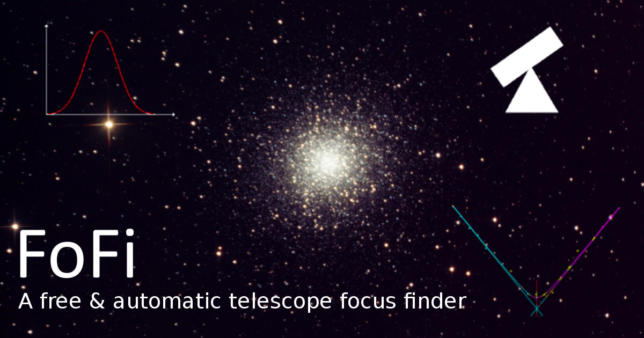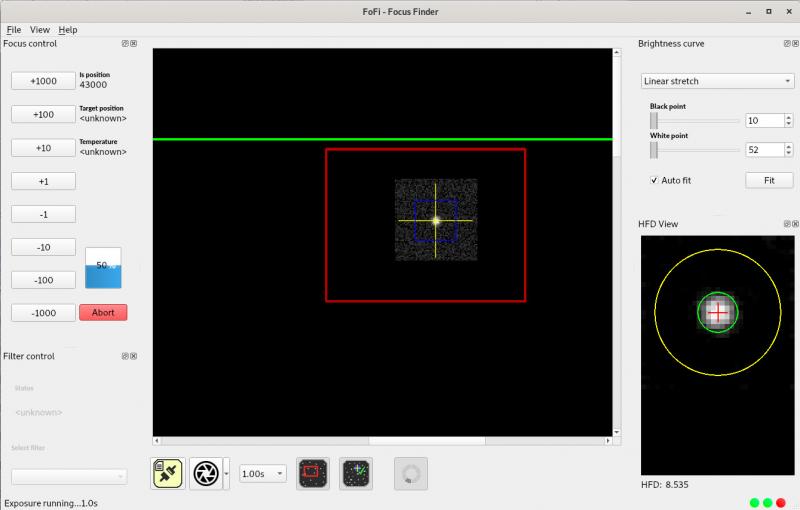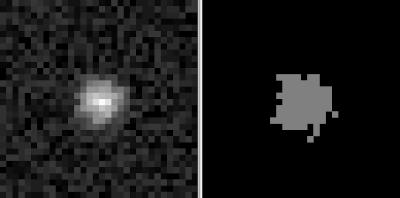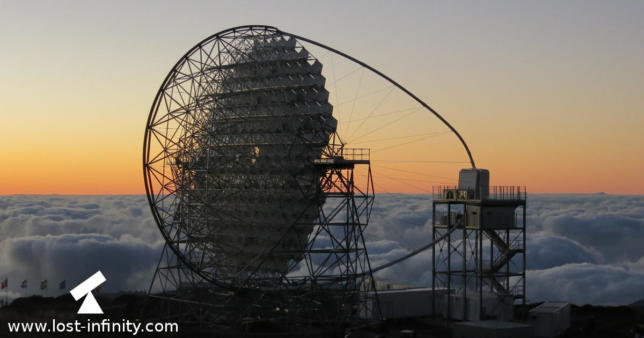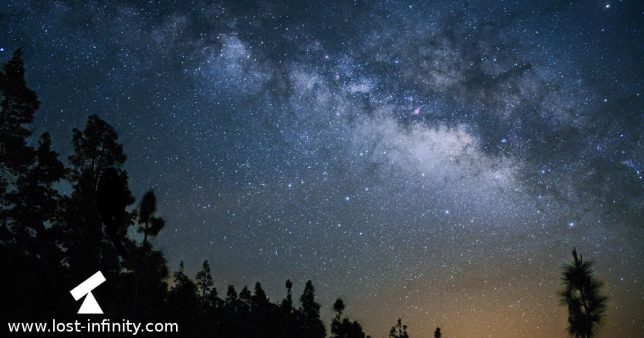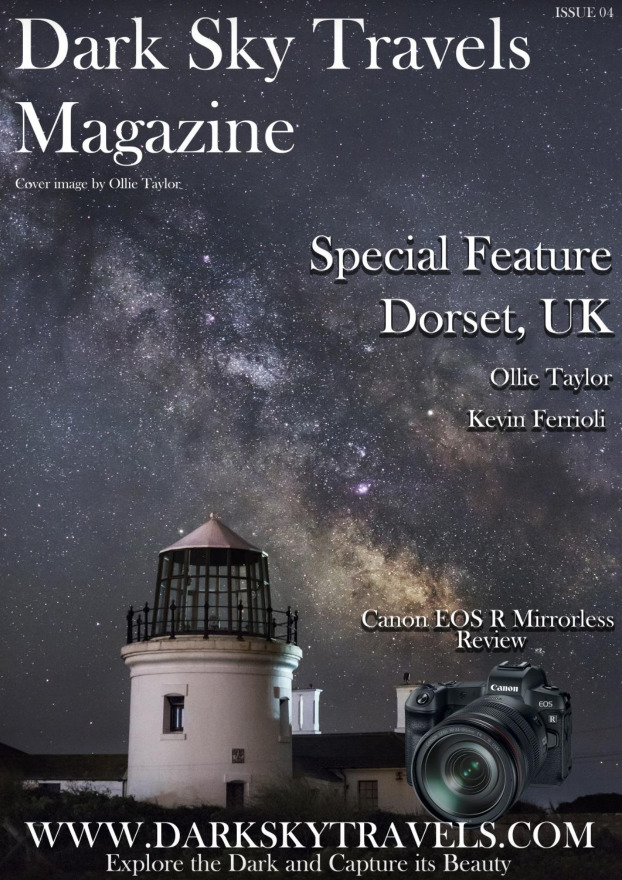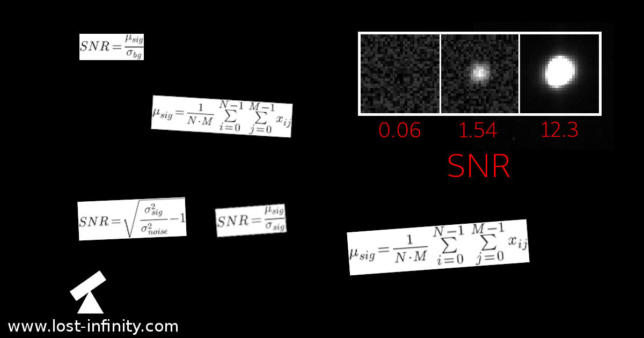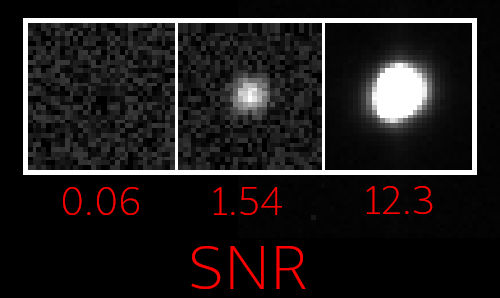This article is about a new piece of software I developed over the past few years: A telescope focus finder software for Linux (and maybe later Windows).
At the time of publication this project is not even in ALPHA state. However, I feel now is the right time to publish it since it reached a state where at least the source code could be useful to others. You can find the source code on github here.
The software aims to support the amateur astronomer (and especially astrophotographer) with one of the most critical but also most annoying tasks: Finding the best focus position for the camera. The main goal is to provide a free and easy to use software that just does the job – automatically.
With a given configuration it should also be possible to execute “FoFi” from the command-line without requiring any user interaction. This way you can include a call to the Focus Finder into a script. This might be useful if the entire observation process should be automated and you want to re-focus from time to time to compensate the temperature drift.
Continue reading →




























